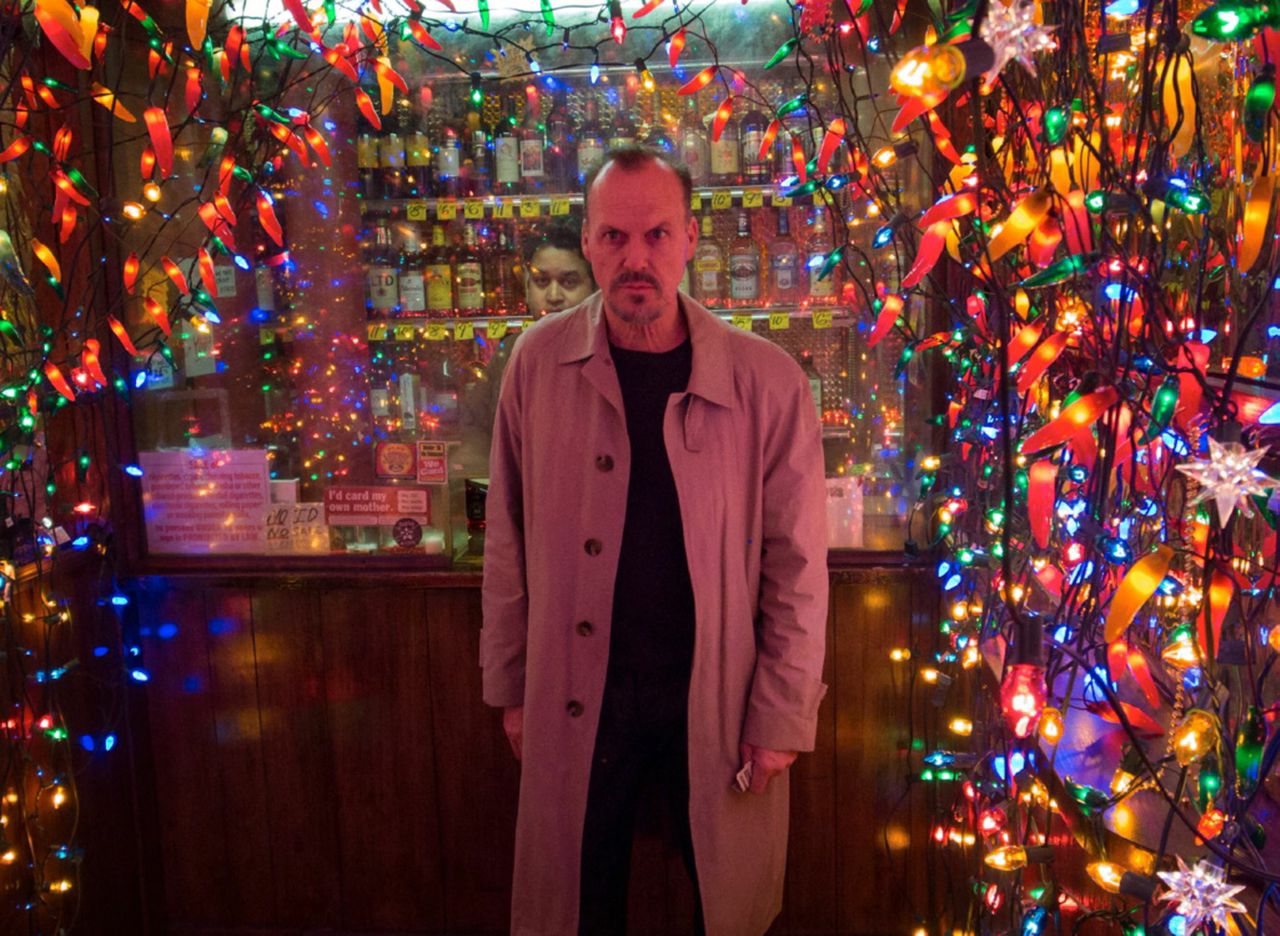Birdman or (The Unexpected Virtue of Ignorance) will bring you into the insanity of a has-been
Birdman or (The Unexpected Virtue of Ignorance) is a dark comedy directed by Alejandro González Iñárritu, starring Michael Keaton in the title role, Zach Galifianakis, Edward Norton, Andrea Riseborough, Emma Stone, and Naomi Watts. The film tells the story of a has-been Hollywood actor, Riggan Thomson, who was well-known in his youth for playing the superhero Birdman in a franchise of the same name. The actor attempts to reinvigorate his career by directing and starring in a Broadway play, and struggles to deal with his obsessive quest for relevance as an actor and the seemingly crazy task of directing a play.
Thomson, fighting to remain relevant in a world that appears to have surpassed him, is almost incapable of understanding the evolution of fame in the 21st century. His predicament is brilliantly explained to him by his daughter/assistant Sam, played by Emma Stone. The former addict angrily explains to her father that his lack of visibility in the evolution of humanity’s methods of social interaction and social media is indicative of his failure to remain pertinent. As the film progresses, Thompson’s character seems to become more complex. The former star not only attempts to remain relevant, he also seeks validation for his past and present work. This is highlighted when he develops split personality disorder and his alter ego, Birdman, becomes a self-aware critic of the washed-up actor’s failures, taunting him with memories of his former glory.
The average viewer might not seem likely to relate to the story, when taken at face value. However, as the film progresses, the story transforms into a thought-provoking commentary on the human condition in the 21st century. How do we explain our quest for “followers” or “likes” on social media accounts? Why do we even have such accounts? Is it perhaps our attempt to be recognized in today’s world? Our attempt to assure ourselves that we exist?
As a film, Birdman is a triumph in the art of storytelling. By placing the storyline in a dingy, small Broadway theatre, the director is successful in capturing the claustrophobic and chaotic nature of Thomson’s universe. The cinematography by Emmanuel Lubezki, who snagged the Academy Award for Best Cinematography for his work on Gravity (2013), assists in highlighting the character’s struggle with suspension from reality. The film is brilliantly shot in extended sequences, which make it appear as if it consists of one continuous take, reminiscent of Alfred Hitchcock’s Rope (1948), which was shot in a similar style. That being said, the real inspiration for the way Birdman was shot is undoubtedly derived from Stanley Kubrick’s style, namely in The Shining (1980). This is evident in the numerous tracking sequences and the close-up shots of the actors. However, the absolute indication of the subtle nod to The Shining is the pattern of the carpet in the Brooklyn theatre where the story takes place, identical to the iconic and mesmerizing carpet in Kubrick’s classic horror film.
It is rare for a film to have a near-perfect combination of all its various elements. Under the direction of Iñárritu, the acting, the dialogues, and the cinematography help to create a masterpiece. Birdman or (The Unexpected Virtue of Ignorance) is not one to be missed.
Birdman or (The Unexpected Virtue of Ignorance) premiered in theatres on Oct. 31.
